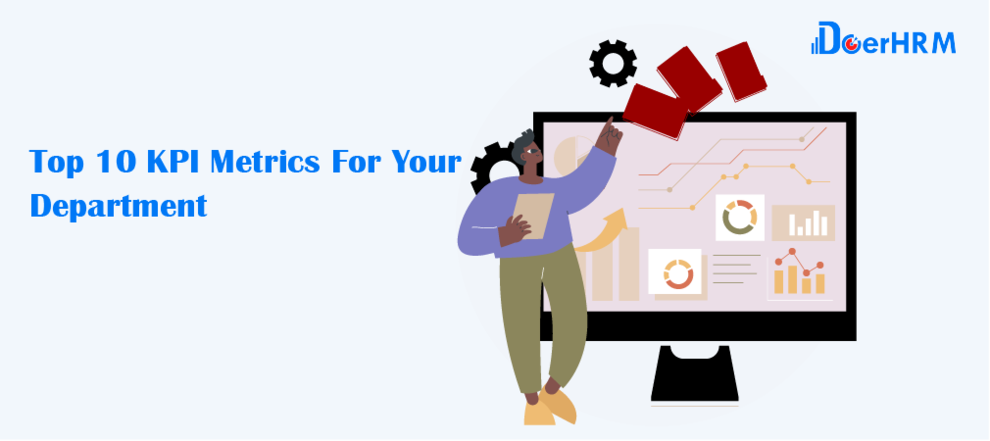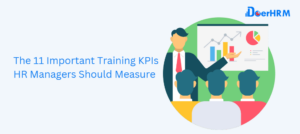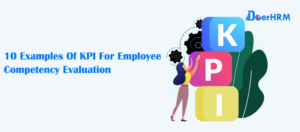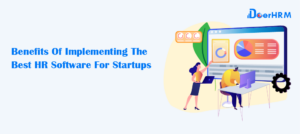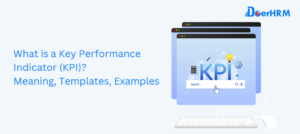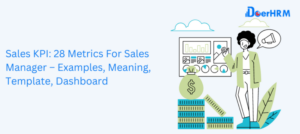No matter what industry you’re in or how large your company is, measuring your success from a human resources perspective is incredibly valuable. Whether it’s assessing how well you manage your employees or the cost of obtaining new ones, using these metrics can give you a better understanding of efficient your business is running.
Here are 10 examples of KPI metrics we think every Human Resources department or business owner should be aware of.
1. Absenteeism Rate
This metric will give you the average number of days that an employee is absent as a percentage of your company’s total working days among all employees. It is important to understand the average so then you can compare individual employees to the company average or see if there is a certain time of year this rate increases.
2. Overtime Hours
This metric is incredibly dependent on what industry your company is in. While overtime pay can be great for employees, it could be a sign that your team is inefficient, or your team is not large enough for the tasks assigned.
3. Percentage of Vacation Days Used
This metric is a great way to help gauge if your employees are satisfied working under your management and if they have ample time in their schedule to use their vacation days. Employees who don’t use their vacation days may need to be encouraged to do so, to avoid becoming disgruntled.
4. Female to Male Ratio
This KPI is an essential tool to ensure that you have a diverse workforce. Diversity in the workplace often leads to higher productivity, better ideas, and can mitigate legal issues down the line.
5. Employee Satisfaction Index
This KPI can be subjective depending on the individual employee but is important when conducting annual performance reviews. This can be tracked over time and help create averages to better understand how happy your employees are.
6. Recruiting Conversion Rate
This metric is a measure of the number of applicants compared to those hired. This metric can mean different things depending on your needs. If you go through a lot of applicants for a particular role it may mean that you do not qualify your applicants enough to have an efficient hiring process, thus wasting time and money. Further, a high number of applicants interviewed per roll can mean that the offer you are providing is not enticing enough, meaning you are losing employees to the competition.
7. Time to Fill
This is another metric to use when evaluating your hiring process. If the amount of time for a certain role is higher than others in your company or has changed over time, it may highlight issues that should be addressed in the recruiting process.
8. Employee Turnover Rate
This metric both measures employee satisfaction and the recruiting process. Depending on your particular issues, a high employee turnover rate can mean disgruntled workers or underqualified people who got the job.
9. Employee Productivity
This metric is crucial to evaluating the employees you already have. Understanding the company average, setting benchmarks, and making comparisons can help in hiring better employees in the future or even determining future compensation.
10. Salary Competitiveness Ratio
This KPI will help business owners understand if the salaries they offer are close to the fair market. This is crucial when building an annual budget or creating new job postings.
Conclusion
Like any function in a business, using data to understand the employees within your business is vital to remaining profitable. While some of these metrics may seem obvious or frivolous, once you have numbers to help understand the issues at hand, they become easy to tackle and could save your company down the line.
